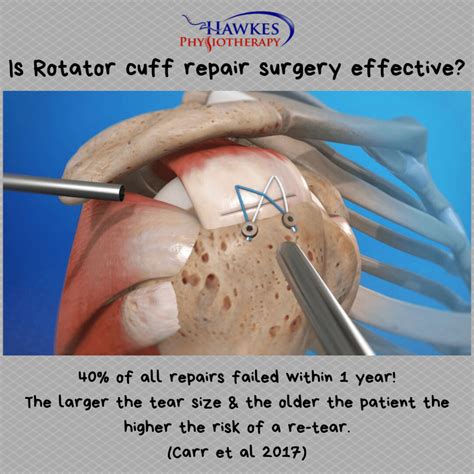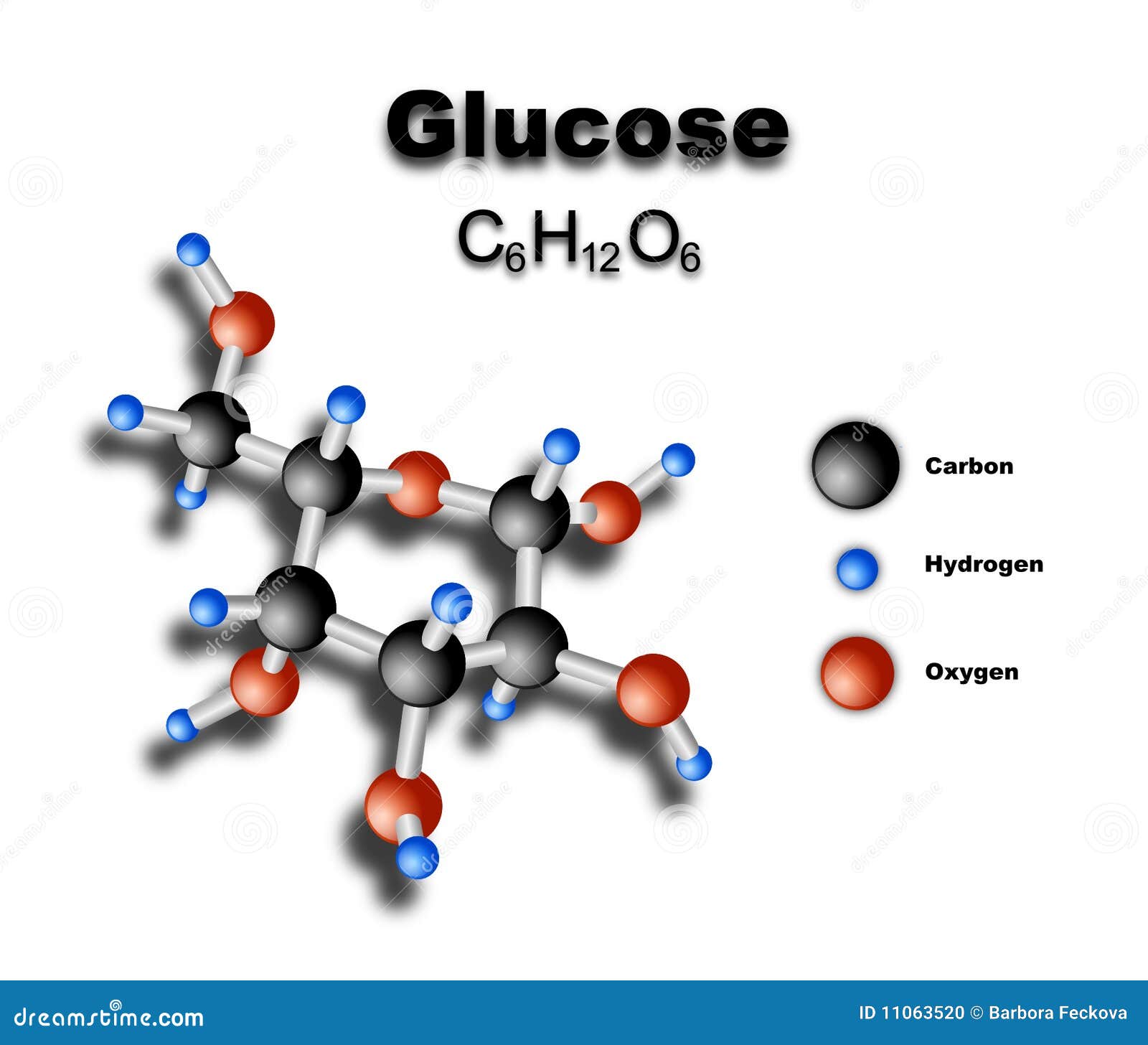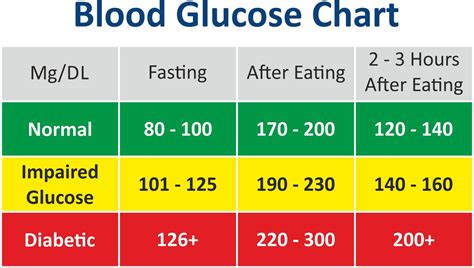The rotator cuff, a complex structure of muscles and tendons surrounding the shoulder joint, plays a crucial role in facilitating smooth motion and stability of the arm. However, injuries to this area, particularly tears in the rotator cuff tendons, are common and can significantly impair shoulder function, causing pain and limiting mobility. When conservative treatments such as physical therapy, medication, and rest fail to adequately address the issue, rotator cuff tear surgery may be considered as a viable option to repair the damage and restore full range of motion and strength to the shoulder.
Understanding Rotator Cuff Tears
Rotator cuff tears can vary in size and severity, ranging from small, partial-thickness tears to large, full-thickness tears that completely detach the tendon from the bone. The decision to undergo surgery often depends on the extent of the tear, the patient’s overall health, age, and activity level, as well as the presence of any underlying conditions that could affect healing. For instance, younger, active individuals with large tears may benefit more from surgical intervention to prevent further degeneration and ensure prompt recovery, whereas older patients with smaller tears and fewer symptoms might opt for non-surgical management.
Surgical Approaches
Surgical repair of rotator cuff tears can be performed through various techniques, each with its own advantages and indications. The choice of approach typically depends on the size and location of the tear, the quality of the surrounding tissue, and the surgeon’s preference.
Open Repair: This traditional method involves making a large incision to access the damaged tendon directly. While it allows for a more straightforward repair, it can lead to greater tissue trauma and longer recovery times.
Arthroscopic Repair: A minimally invasive technique where small incisions are made to insert an arthroscope (a thin, lighted tube with a camera) and specialized instruments. This approach offers less tissue damage, reduced post-operative pain, and faster recovery, making it a preferred choice for many patients.
Mini-Open Repair: A combination of arthroscopic and open techniques, involving a smaller incision than traditional open surgery. It provides a balance between minimal invasiveness and the need for direct access to the tendon.
Surgical Procedure
The surgical procedure for a rotator cuff tear repair typically follows a standardized protocol, with variations based on the chosen approach and the specific nature of the tear. Here’s a general overview:
- Anesthesia: The surgery is usually performed under general anesthesia or regional anesthesia (such as a nerve block), ensuring the patient remains comfortable throughout the procedure.
- Incision and Exposure: Depending on the surgical technique, an incision or multiple small portals are created to access the rotator cuff.
- Debridement and Mobilization: The surgeon removes any damaged or inflamed tissue and mobilizes the tendon to improve its mobility and prepare it for repair.
- Anchor Placement: Small anchors, usually made of metal or bioabsorbable materials, are inserted into the bone where the tendon naturally attaches. These anchors have sutures or threads that will be used to secure the tendon.
- Tendon Repair: The tendon is then pulled to its normal attachment point on the bone, and the sutures from the anchors are secured through the tendon, tightening it back to the bone.
- Verification and Closure: The repair is verified for strength and integrity. The incisions are then closed, and the shoulder is immobilized in a sling to protect the repair during the initial healing phase.
Post-Surgical Rehabilitation
Recovery from rotator cuff surgery is a gradual process that requires patience, compliance with post-operative instructions, and a structured rehabilitation program. The initial phase involves rest and protection of the repair, followed by a progression of physical therapy exercises designed to regain range of motion, strengthen the surrounding muscles, and restore functional use of the shoulder. A well-planned rehabilitation protocol is crucial for optimal outcomes, as it helps prevent complications such as stiffness or recurrent tears, and ensures a return to pre-injury activity levels.
Potential Complications and Risks
While rotator cuff surgery is generally effective, as with any surgical procedure, there are potential risks and complications to consider. These may include infection, nerve damage, recurrent tears, stiffness, and the risks associated with anesthesia. Additionally, factors such as age, smoking, and underlying medical conditions can influence the healing process and the likelihood of complications. It’s essential for patients to discuss these risks with their surgeon and understand how to minimize them through proper post-operative care and adherence to rehabilitation guidelines.
Future Directions and Advances
The field of orthopedic surgery, particularly in the realm of rotator cuff repair, continues to evolve with advances in technology, biomaterials, and our understanding of tendon biology and healing. Emerging techniques such as augmented reality-assisted surgery, the use of biologics to enhance tendon repair, and the development of more durable and bio-friendly anchors are expected to improve outcomes and expand treatment options for patients. Furthermore, there is a growing interest in preventive measures and early interventions to address rotator cuff issues before they progress to tears, highlighting the importance of regular check-ups, proper training, and injury prevention strategies for individuals at risk.
Frequently Asked Questions
What are the most common symptoms of a rotator cuff tear?
+The most common symptoms include pain in the shoulder and arm, especially at night or with certain movements, weakness in the arm, and a snapping or crackling sensation when moving the shoulder.
How long does it take to recover from rotator cuff surgery?
+Recovery time can vary depending on the size of the tear, the surgical technique, and the individual's overall health, but generally, it can take several months to a year or more to achieve full recovery and return to pre-injury activity levels.
Can rotator cuff tears heal without surgery?
+Small, partial-thickness tears may heal with conservative management, but full-thickness tears typically require surgical intervention to repair the tendon and restore function. The likelihood of a tear healing on its own decreases with the size of the tear and the age of the patient.
What are the risks of delaying surgery for a rotator cuff tear?
+Delaying surgery can lead to further degeneration of the tendon, retraction of the tendon (making it harder to repair), and potential damage to other structures in the shoulder, such as the rotator cuff muscles and the joint itself, which can complicate the surgery and recovery.
Can physical therapy alone fix a rotator cuff tear?
+Physical therapy can strengthen the muscles around the shoulder and improve function, but it cannot repair a torn tendon. For small, partial-thickness tears, physical therapy might be sufficient to manage symptoms, but for larger tears, surgery is usually necessary to directly repair the tendon.
In conclusion, rotator cuff tear surgery is a viable and often necessary treatment for individuals suffering from significant rotator cuff damage. By understanding the nature of rotator cuff tears, the surgical options available, and the importance of post-operative rehabilitation, patients can make informed decisions about their care and work towards a successful recovery. As medical technology and techniques continue to evolve, the future of rotator cuff repair looks promising, with potential advancements aimed at improving outcomes, reducing complications, and enhancing the quality of life for those affected by this common condition.



